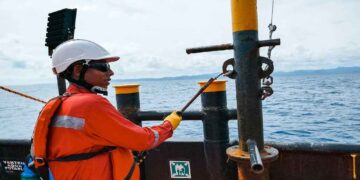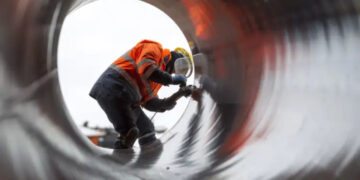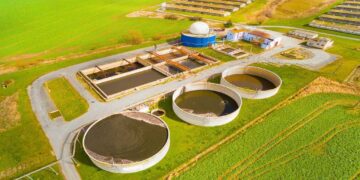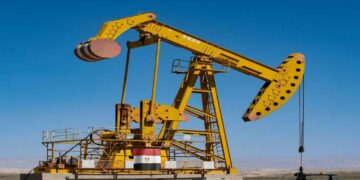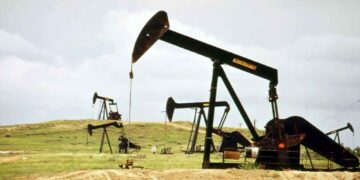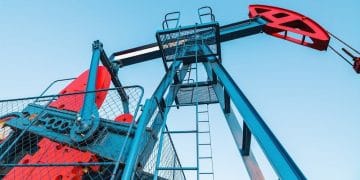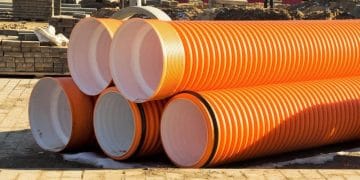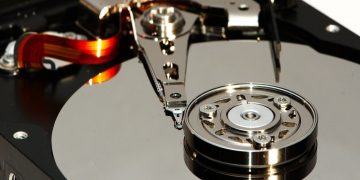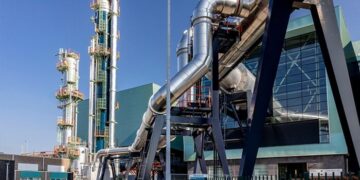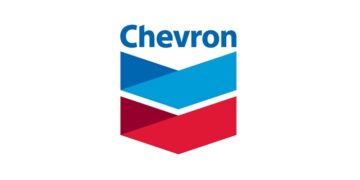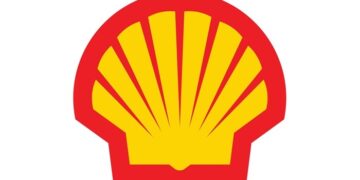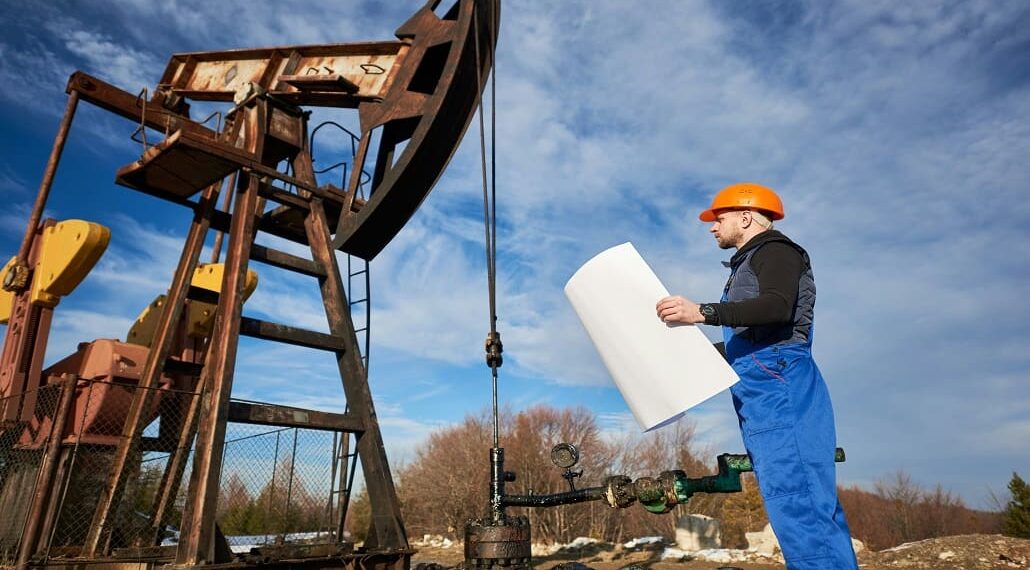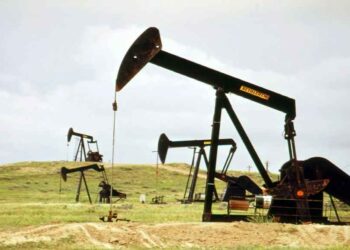Digital Transformation in Drilling: The Role of IoT and Predictive Analytics in Reducing Downtime
Digital technologies are transforming the way the energy industry operates — and the drilling sector is at the leading edge of that transformation. It is in this environment where the oil and gas companies are under pressure to reduce their costs, improve their efficiency and meet sustainability goals, and digital transformation tools have gone from a nice to have to either be able to compete or simply survive. The Internet of Things (IoT) and predictive analytics, two of the core enablers of this transformation, are redefining drilling operations, providing never-seen-before benefits through minimizing downtime and streamlining processes.
Today, a downtime in drilling operations continues to be a key business problem for upstream companies. This translates into not only lost productivity, but also a massive financial burden, with estimates from some of the industry’s leaders suggesting that unplanned equipment downtime can set operators back “around $1 million per day on offshore rigs.” However, IoT devices and predictive analytics are a game-changer that is allowing drilling companies to anticipate and resolve problems before they disrupt operations, increasing reliability and profitability.
The Evolution of Digital Transformation in Drilling
Traditionally, drilling systems depended on human processes and traditional equipment, which restricted the operators from obtaining timely estimates as well as avoiding failures. Traditional models how things were. But digital technology is taking us to a new one. The IoT and predictive analytics, now able to deliver more real-time visibility into the performance of equipment and even operations, have set the stage for a data-driven approach that enables companies to take preventative action.
This is news for IoT, referring to the network of interlinked devices that pull and exchange information, and this innovation is centered around it. Today, modern drilling rigs come fitted with an extensive range of sensors that can track important parameters like pressure, temperature, vibration, and fluid flow. These IoT-enabled devices send data continuously to centralized systems, giving operators an integrated view of the rig’s health and performance.
In contrast, predictive analytics utilizes a combination of historical and real-time data to look for patterns and predict possible failures. Predictive systems further analyze the large-scale data sets created by IoT devices using machine learning algorithms and advanced analytics to provide an accurate forecast of maintenance requirements and operational risks. This kind of predictive ability is especially useful in drilling, since a broken piece of equipment can result in expensive downtime or even catastrophic events.
IoT: The Backbone of Real-Time Monitoring
Drilling operations have been fundamentally transformed by the adoption of IoT. Internet of Things (IoT) devices facilitate real-time monitoring, allowing critical equipment including drill bits, pumps, and motors to be closely watched for signs of wear and tear at all times. This level of visibility reduces hard transparently and easily not only to reduce expected expertise.
Take Shell plc for example, which has been at the forefront of IoT adoption in its upstream processes. The company’s operations center, which tracks its drilling operations around the world in near-real time, uses IOT-enabled sensors to capture performance metrics and notify operators of anomalies. This systems approach has enabled Shell to lower non-productive time (NPT) substantially while improving drilling performance across its asset base.
In addition, IoT is improving safety for drilling operations by offering early alerts on dangerous conditions. For instance, sensors that observe changes in pressure and temperature can identify possible blowouts or problems with well control so operators can respond immediately to minimize risk. And IoT may prove to be an indispensable risk management tool in the countries where safety is top of mind as in offshore drilling.
Predictive Analytics: From Reactive to Proactive Maintenance
In drilling operations, maintenance was previously focused on reactive maintenance, where repairs only commenced after equipment failure. This reactive approach frequently resulted in costly downtime and maintenance. Predictive analytics has changed that dynamic, allowing businesses to evolve from reactive to proactive maintenance plans.
Predictive analytics systems use past performance data in conjunction with real-time input from IoT devices to identify red flags of impending equipment failure. For example, variations in vibration patterns can indicate a potential problem with the rotating equipment, while monitoring shows abnormal pressure values in the wellbore. This information helps operators plan maintenance work during scheduled downtimes, minimizing chances of unplanned outages.
Chevron has bene using its own Integrated Operations Platform (Fountainhead, Streamline, (Coming Soon)), another example of predictive analytics at work. The system leverages IoT data and predictive algorithms to monitor the health of drilling equipment in real time. As such, Chevron has seen 30% less maintenance cost and 20% higher reliability of equipment because of that._
Predictive analytics is also generating cost savings by prolonging the life of critical assets in addition to improving asset uptime. Predictive systems assist operators in getting the most out of their investments by determining ideal operating conditions and reducing stress on machinery.
Data-Driven Decision Making and Operational Optimization
IData-driven decisions across the drilling value chain: IoT and predictive analytics All this, now gained in fully integrated dashboards that combine fields of knowledge from disparate places, with knowledge at the fingertips of operators. This visibility enables better planning and resource allocation, as organizations can prioritize high-risk areas and allocate resources.
In addition, advanced analytics solutions are assisting firms in optimizing drilling parameters to increase efficiency. For example, real-time drilling data including bit performance and torque may also be used to optimize drilling speed and weight on bit to improve penetration rates and reduce operational time. The optimization not only increases productivity but also reduces energy consumption, in line with the industry’s sustainability goals.
Schlumberger, one of the largest oilfield services companies in the world, has shown us what is possible when you put data to work in their DELFI cognitive E&P environment. DELFI uses IoT and predictive analytics to offer operators real-time insights that inform better decision-making, leading to faster drilling times and reduced operating costs.
Overcoming Challenges in Digital Transformation
The benefits of IoT and predictive analytics are undeniable, but the adoption comes with its reactive challenges as well. One of the biggest challenges are connecting legacy systems with new digital infrastructure. Most drilling companies utilize older equipment that is not compatible with IoT sensors and digital platforms and therefore require substantial investments when it comes to upgrading their systems.
Data security is yet another major issue. There is a large amount of data generated by IoT devices and it is a tempting target for cyberattacks, compromising operational integrity. So Businesses need to have effective cyber security implemented so their systems and sensitive information remain confidential.
Additionally, data got the potential to drive business decisions, but its need to be learned first. This calls for experienced professionals equipped to work using sophisticated analytical tools and provide actionable insights. Long-Term Success Requires Investment in Workforce Training and Development
The Road Ahead: A Digital-First Future
With increased digital transformation of the oil and gas sector, the significance of IoT and predictive analytics in drilling operations will continue to expand. These technologies are doing much more than helping companies mitigate downtime; they are facilitating a transformation to more intelligent, resilient and climate-friendly operations.
PwC estimates the global IoT market in oil and gas will hit $43 billion by 2025. That demonstrates the industry’s commitment to digital innovation. In both cases, it is important to remember that analytics’s adoption is being driven up by a realization of what analytics make possible in terms of efficiency and bottom-line.
Ultimately, IoT-enabled predictive analytics are helping to redefine what the future of drilling looks like and giving operators significant decision-making insights as the space becomes more difficult and complicated to navigate. This not only addresses the challenges of today, but sets the stage for a more connected and efficient energy future.


